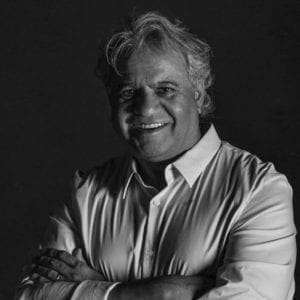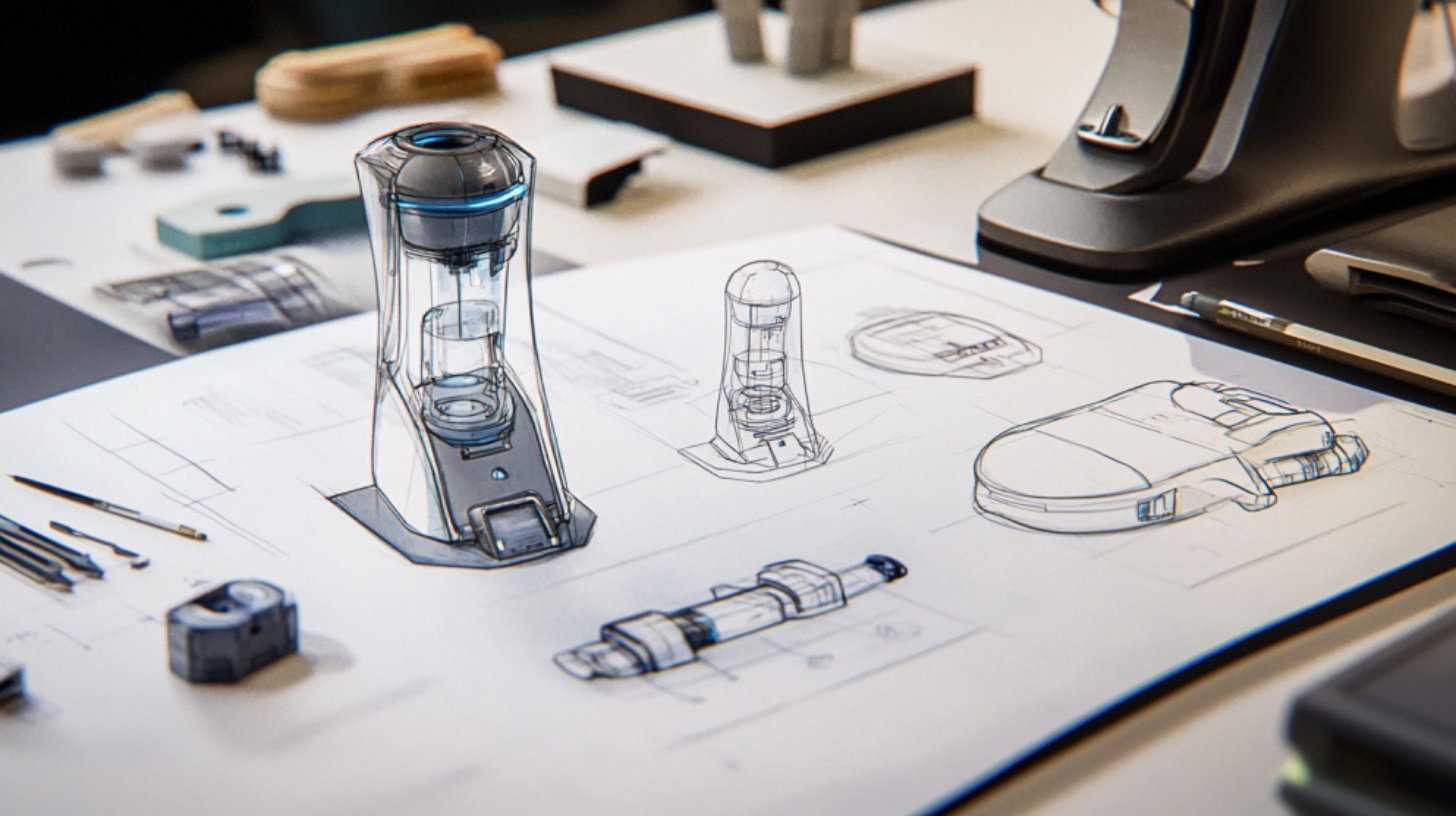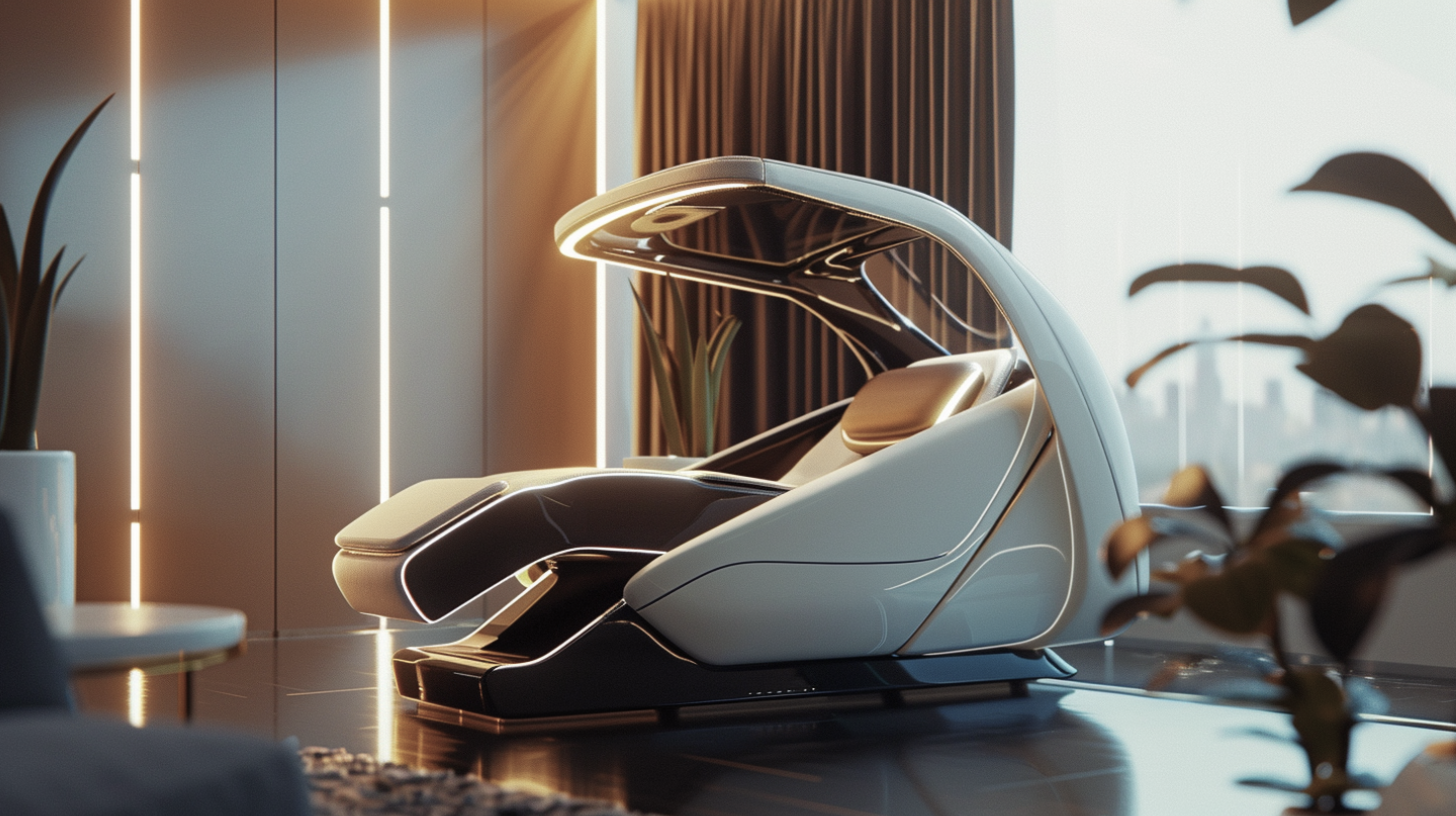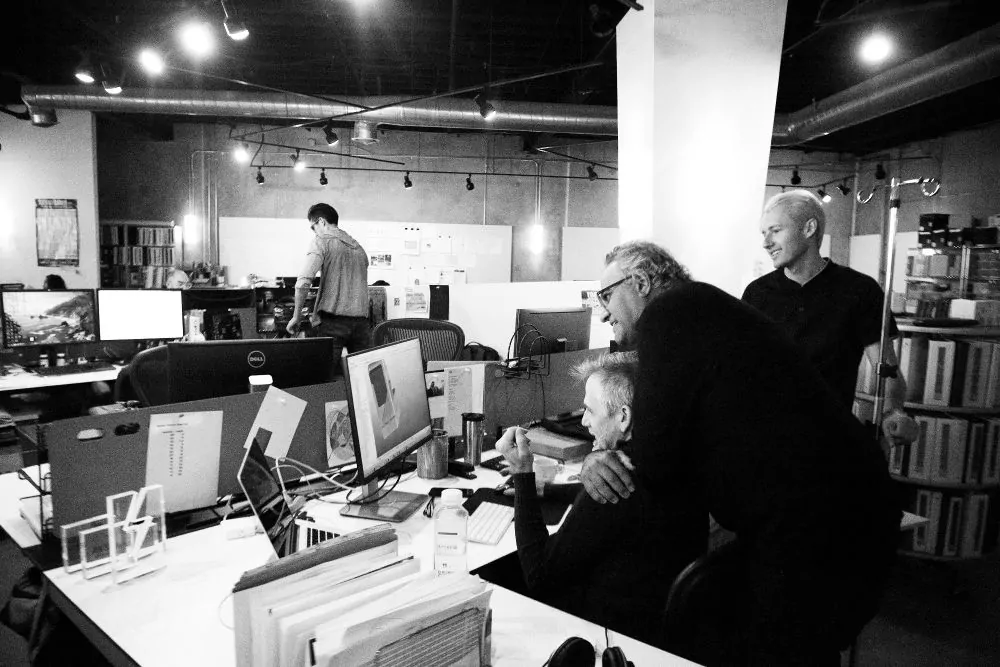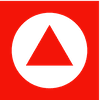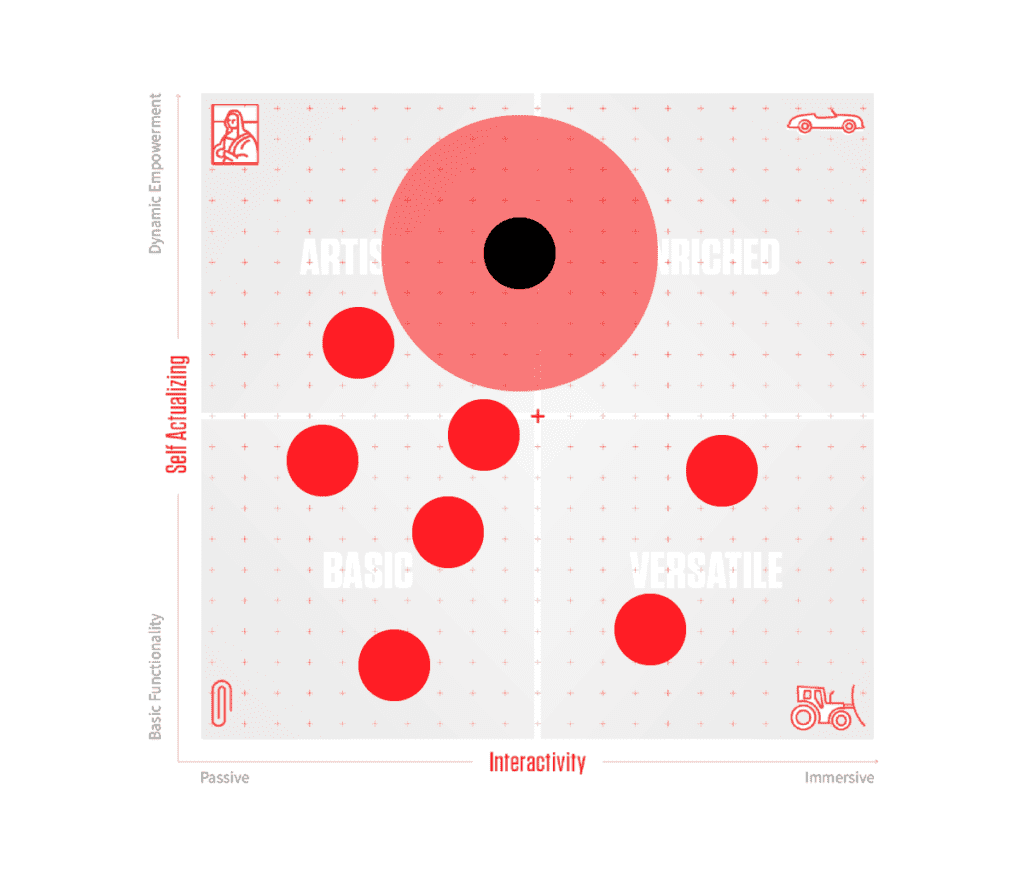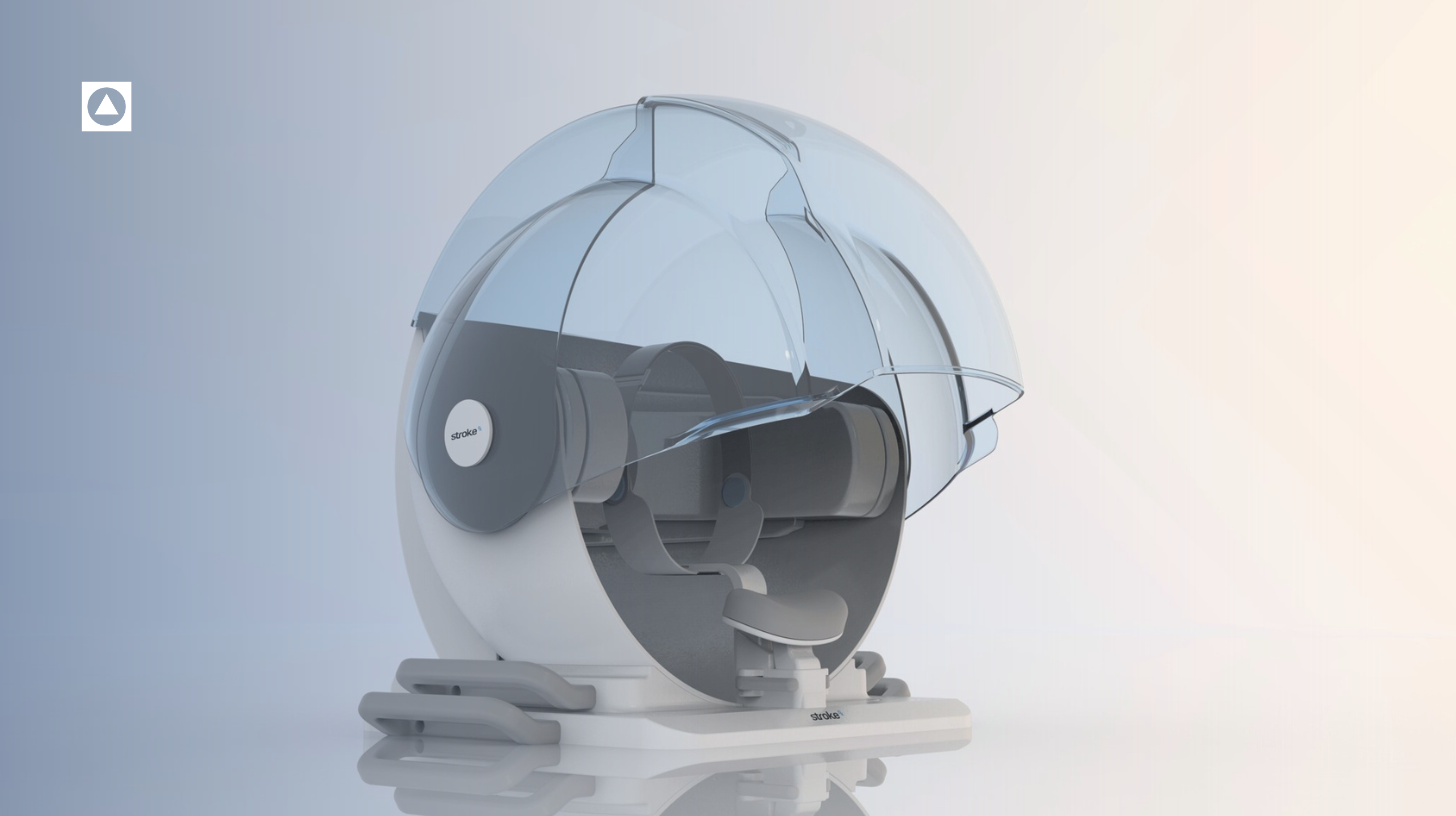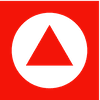Product-Market fit – there’s no bigger challenge for a company, an executive team, or product design and development team, or anyone involved in creating a new product than addressing the simple litmus test of product-market fit.
The challenge of new product development is how to design a product that meets the needs of the market, and figuring out how to predict the needs of the market so that your product will meet those needs when it’s complete. Considering the time it takes to bring anything new to the market, the art and skill of predicting product-market fit become incredibly valuable. The predictive and collaborative mapping and modeling that comes from Psycho-Aesthetics (P/A) have allowed us to help clients achieve product-market fit for decades.
What is Product-Market Fit?
Product-market fit is a concept widely discussed in venture capital, startups, and in large companies alike. Used as a first step and tripwire for early-stage ideas, designs, and companies, the idea is that a product will succeed when it has found the right market, and therefore the right customer. Mark Andreesen, founder of Netscape, and venture capital firm A16Z summarized the concept: “product-market fit means being in a good market with a product that can satisfy that market.”
Why is Product-Market Fit Important?
In new product development, finding product-market fit is especially important, because new physical or software products can easily miss the mark. Designers and Entrepreneurs can end up bringing a product to life that has no market. On the other hand, when a new product achieves product-market fit, it means that a product or company’s target customers are buying, using, or evangelizing the product to others in numbers large enough to sustain that product’s growth and profitability. Ultimately, finding product-market fit is mitigation of risk. As a product design firm and innovation consultancy, we used our P/A process to find product-market fit in a way that systematically optimizes the investment made by companies and startups.
How does Psycho-Aesthetics help you find Product-Market fit?
Psycho Aesthetics is a methodology to drive human-centered design thinking throughout the new product development process. By focusing designers and business stakeholders on a product’s consumers or users, and their physical and emotional needs, and the gaps in the competitive landscape, P/A creates conditions for success and product-market fit. Using secondary and primary research, synthesized into consumer personas, key drivers, and help me statements, the P/A Map shows stakeholders where the opportunity zone is for product-market fit. The P/A Map is a guide, not a formula, but dramatically increases the chances of success for a new physical or software product.
Over time, Ravi Sawhney, Founder, and CEO of RKS refined Psycho-Aesthetics into an incredibly powerful tool to develop product-market fit and mitigate the risk associated with creating new products. This refinement process took place over decades. It was only relatively recently that we as a firm looked at our own track record, and we realized when we fully exercised our modeling and adhered to human-centered tools like key touchpoints, user breakdowns, and journeys, need states and help my statements, that we had created an incredible risk mitigator.
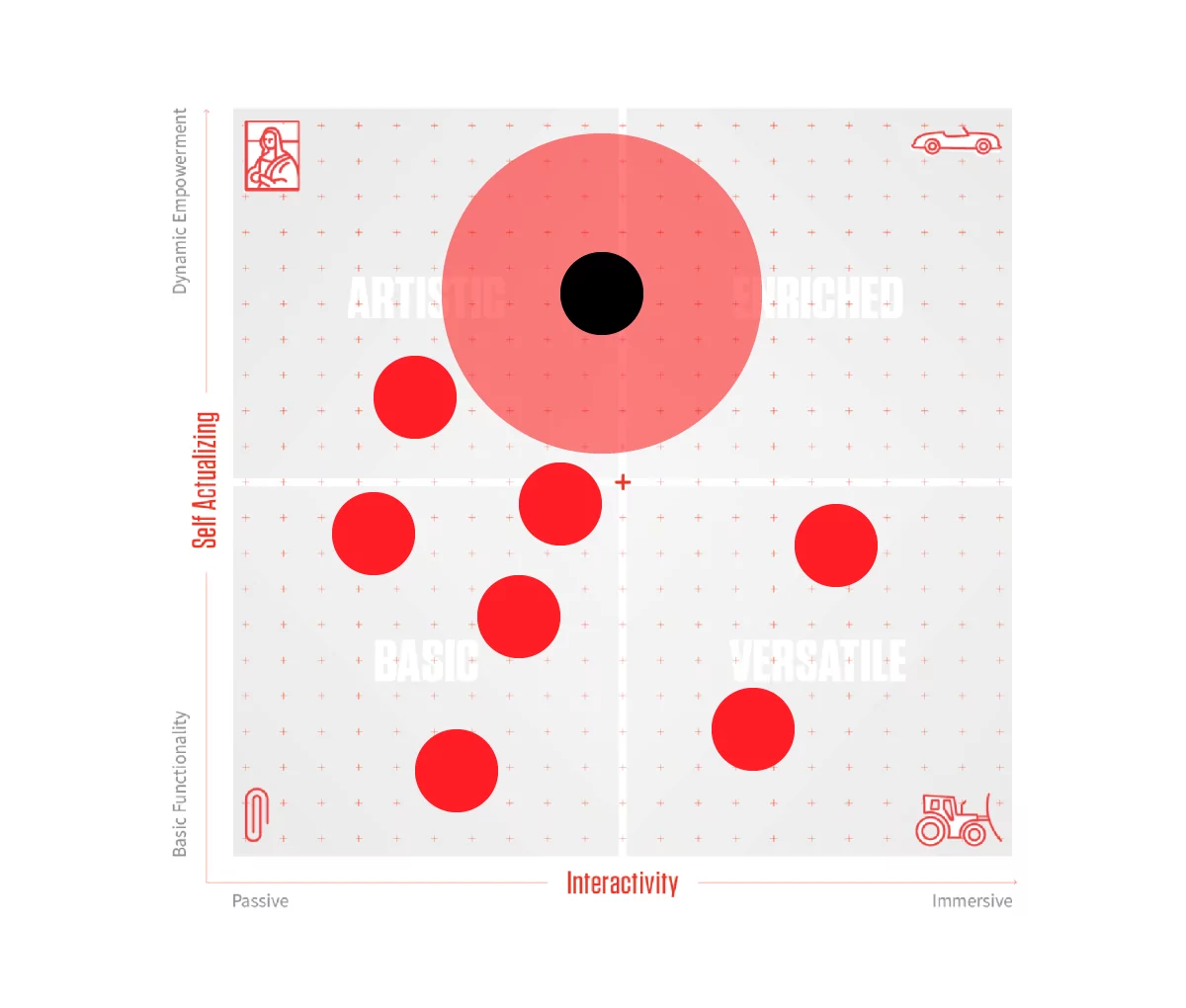
While it’s an indispensable tool for both founders who work with our designers, researchers, and engineers, it’s not a stroke of genius. P/A is really just a fusion of great thinkers’ works, combined with any tool we could pick up and find, that lets us figure out where the Opportunities Zones are and at the end, where we’ll product-market fit. At RKS we think of P/A as foundational work, because you do this work at the beginning of the project, and because it’s very easy to take for granted and overlook. But when applied consistently, we’ve found that P/A is a proven way to bring together every stakeholder into one voice and one collaborative spirit to find product-market fit and achieve lasting impact.
Reference Links
https://www.fastcompany.com/3014841/why-you-should-find-product-market-fit-before-sniffing-around-for-venture-money
http://pmarchive.com/guide_to_startups_part4.html
https://www.media.mit.edu/events/2012/04/04/media-lab-conversations-series-reid-hoffman-summary
http://cdixon.org/2011/06/20/foundermarket-fit/
https://mixergy.com/interviews/wealthfront-with-andy-rachleff/
https://s3.amazonaws.com/startupcompass-public/StartupGenomeReport2_Why_Startups_Fail_v2.pdf
https://www.cbinsights.com/research-reports/The-20-Reasons-Startups-Fail.pdf
https://austinstartups.com/dare-to-make-your-startup-legendary-9db6aa524f5d
Andy Rachleff: https://www.youtube.com/watch?v=7G9Cb6sCjL8
Mike Maples: https://www.youtube.com/watch?v=zfOsP3PmI1U
Marc Andreessen: https://www.youtube.com/watch?v=zfOsP3PmI1U
Sachin Rekhi: https://youtu.be/huTSPanUlQM
Don Valentine: https://www.youtube.com/watch?v=nKN-abRJMEw
